3 ARTICLES ON THE STRANGE AFFLICTION OF MISOPHONIA
ARTICLE #1
TITLE
Does the Sound of Noisy Eating Drive You Mad? Here’s Why
DESCRIPTION
Some people have a terrible reaction to certain sounds. “Misophonia, a disorder which means sufferers have a hatred of sounds such as eating, chewing, loud breathing or even repeated pen-clicking, was first named as a condition in 2001.” This was thought to be in the realm of Psychological disorders until recently when a research study found that there is a difference in the brains of the sufferers as compared to those without the disorder; the difference is found in the frontal lobes. “Brain imaging revealed that people with the condition have an abnormality in their emotional control mechanism which causes their brains to go into overdrive on hearing trigger sounds. The researchers also found that trigger sounds could evoke a heightened physiological response, with increased heart rate and sweating.” (The article includes a video.)
The last article of this update is a link to the actual study.
SOURCE
Time Magazine, February 3, 2 017, by Kate Samuelson
LINK TO RESOURCE
http://time.com/4659308/misophonia-noisy-eating-science/
(Tiny URL) https://tinyurl.com/h8rpjnw
ARTICLE #2
TITLE
Misophonia Sufferers: Scientists May Have Found the Root of Your Pain
By KIMIKO de FREYTAS-TAMURAFEB. 3, 2017
DESCRIPTION
Individuals suffering from the disorder of misophonia cannot tolerate simple bodily sounds such as breathing/sniffing, chewing, knuckle cracking, gum snapping and similarly related noises such as popcorn munching and soup slurping. They react with anger, disgust, panic, and feel tortured. “…in the journal Current Biology, the neuroscientists say that brain scans of misophonia sufferers show that particular sounds, like eating and drinking, cause the part of their brain that processes emotions, the anterior insular cortex, to go into overdrive.” (The article includes sound bites of the triggers.) .
The last article of this update is a link to the actual study.
SOURCE
New York Times, February 3, 2017, by Kimiko de Freytas-Tamura
LINK TO RESOURCE
https://www.nytimes.com/2017/02/03/health/sounds-people-hate.html
(Tiny URL) https://tinyurl.com/kmk4clc
ARTICLE #3
TITLE
The Brain Basis for Misophonia
DESCRIPTION
This is the actual study of misophonia that is covered in the popular articles above. This journal article provides details of the actual study, methodology, results, and discussion. The article is downloadable.
While the Time and New York Times articles make good discussion pieces for the Sensation and Perception chapters, this journal article shows how researcher go about using the scientific method. For upper level classes, and those students seeking to find resources for a term paper, this article would be an excellent resource.
SOURCE
Sukhbinder Kumar et al, Current Biology, Volume 27, Issue 4, p527–533, 20 February 2017 (DOI: http://dx.doi.org/10.1016/j.cub.2016.12.048)
LINK TO RESOURCE
http://www.cell.com/current-biology/fulltext/S0960-9822(16)31530-5
(Tiny URL) https://tinyurl.com/mv3pqco
CLASS DISCUSSION QUESTIONS
•What is MISOPHONIA? What are the symptoms and triggers? What are some of the extreme reactions?
•Why was it believed to be more of a psychological disorder than a physiological one?
•How did the scientists study the phenomenon? What were the results of the study? What brain areas are involved?
•If the students read the actual study in the biology journal, ask: how does this study illustrate a good example of the scientific method?


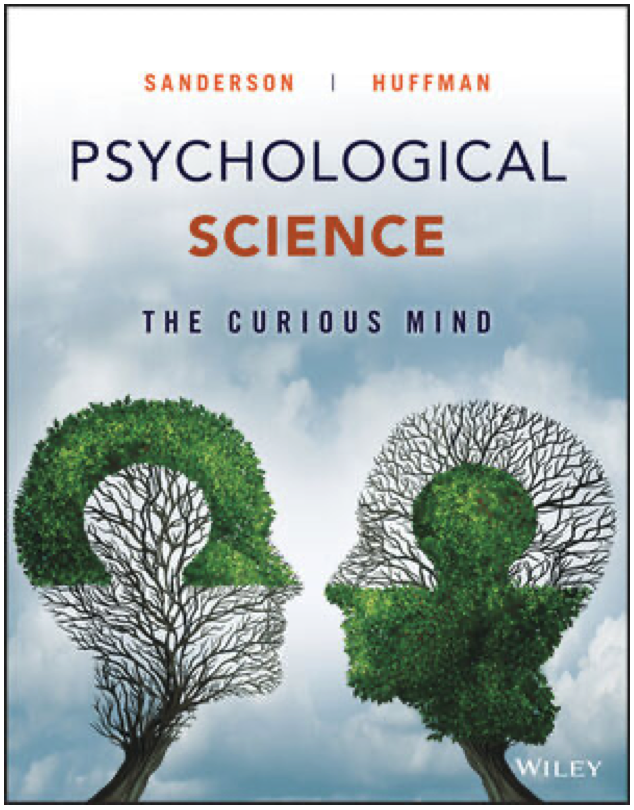
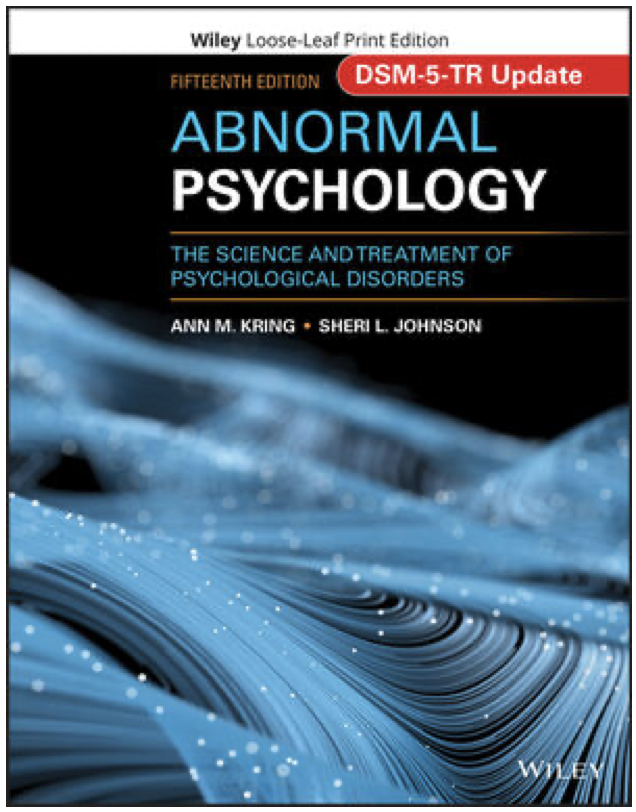
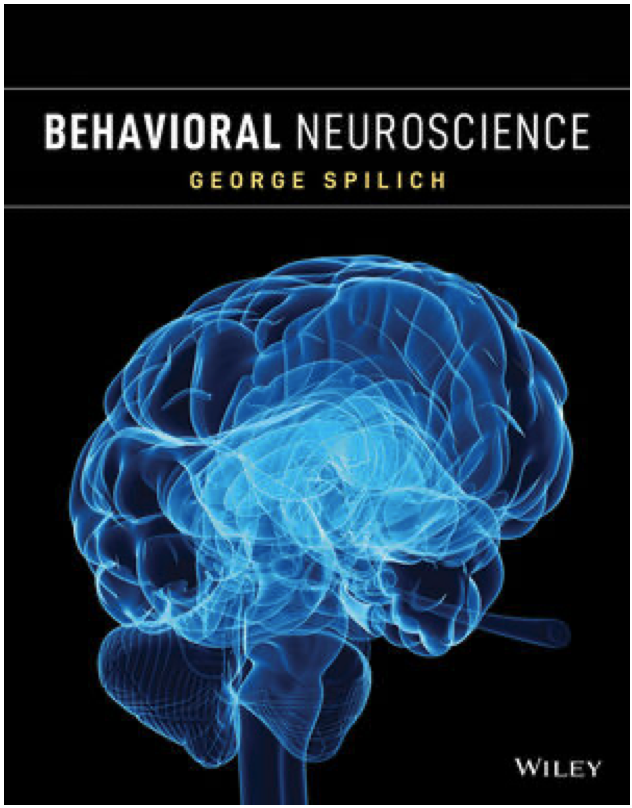
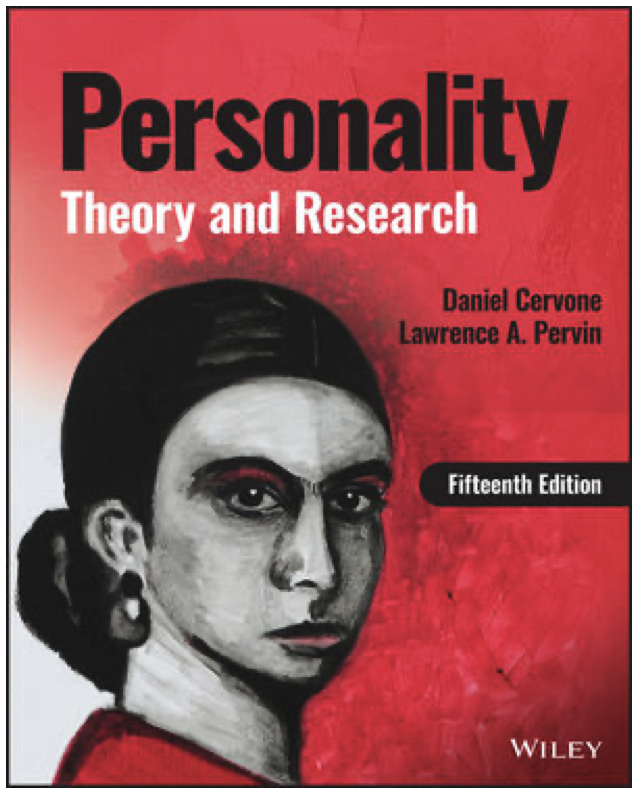
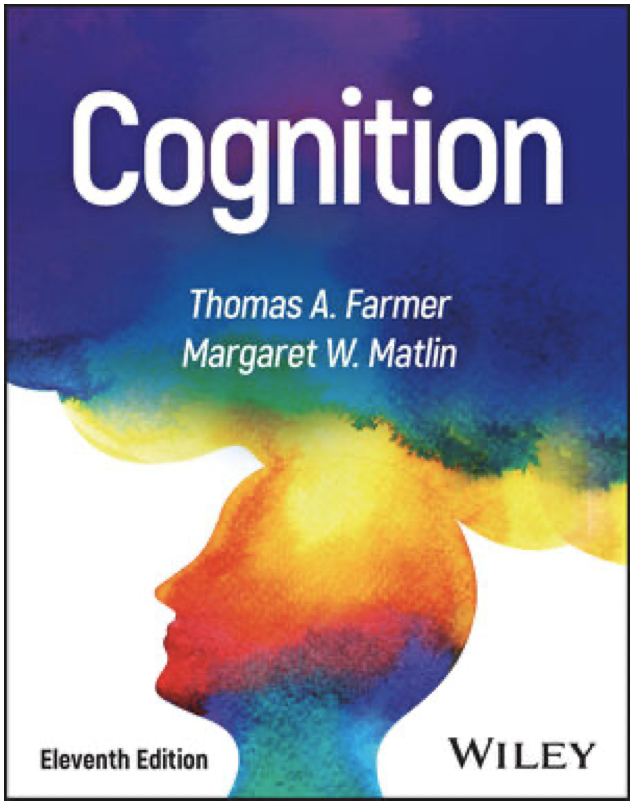
Leave a Reply